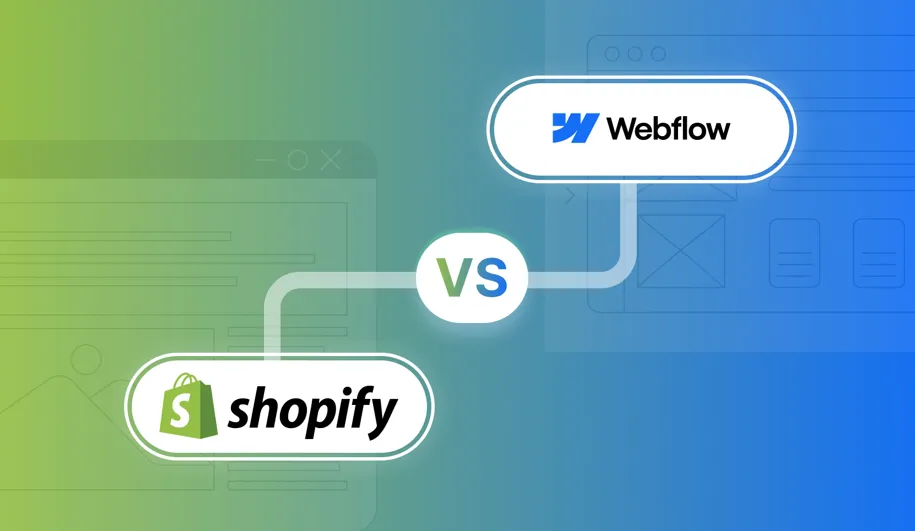Online businesses constantly face the threat of cyberattacks from nefarious actors. Hackers, ID thieves, and other unauthorized people can gain access to confidential business information or inject malicious viruses and ransomware into critical mission systems. There are many ways companies can combat modern cybersecurity issues, including using Just-In-Time access.
The concept of JIT provisioning involves automating the process of creating user accounts for single sign-on or SSO applications. Unlike traditional SSO, which requires manual provisioning, JIT allows businesses to provide access on-demand, thereby eliminating standing access to resources. Here’s an overview of how JIT works and its benefits with regards to cybersecurity:
What is Just-In-Time Access?
Just-In-Time access is a security concept where access to company systems, or resources is limited to predetermined durations, on an as-needed basis. With this practice, organizations can provide granular elevated privilege access to human and non-human users. The practice helps companies minimize the risk of standing privileges, where users are given unlimited privileges to access systems and resources.
Standing access exposes privileged accounts to the risk of compromise. Cybercriminals can remain undetected for several months using credentials in standing access. JIT resolves this by providing on-demand short-lived privileges. Users only have enough time to perform specific tasks. This ensures company resources are only available during specific timeframes, reducing the risk of privileged account abuse.
How Does Just-In-Time Provisioning Work?
JIT provisioning aligns privileged activities with the company’s identity access management and privileged access management policies, workflows, and entitlements. Companies can configure their systems to enable full audit trails of privileged activities. With an audit trail, admins can identify users and other details, such as the systems they access, activities they perform, how long they interact with the application, and more. Some systems even offer real-time session monitoring and termination capabilities.
However, JIT provisioning is lauded for automating the creation of user accounts for single sign-on applications. New users can register and log into authorized applications automatically without manual provisioning. The solution reduces administrative workload, increases productivity, and boosts security. Most service providers, including Adobe, Oracle, and AWS, feature JIT provisioning for their applications.
When you log into the application, the service sends a request to the ID provider to create a new user account, username, and password. The ID provider verifies the user’s identity and then creates an account. JIT provisioning also allows admins to execute privileges from a central dashboard. For instance, an ID provider may automatically grant a user the permissions of the ‘Developers’ role if they log in as a developer.
Can JIT Access Improve Cybersecurity?
Access management is a common practice among admins and other IT professionals. Even the best bookmakers and casinos use it to restrict parties to specific systems and information. For instance, players can only explore games like slots and other parts like their bankroll or chat support. Leading casino bonus sites also restrict promotions to specific players who meet eligibility requirements. What’s more, these bonuses are only available for a limited time and must be used before they expire. Unused deals are automatically removed from the account.
JIT provisioning also allows users to access specific resources only when necessary and for a predetermined duration. The users are then tracked throughout the session and can be blocked from certain parts. Companies can use JIT access to remove the risks associated with unlimited standing privileges. IT departments can also use JIT together with advanced access management solutions to restrict where users can visit and what they can accomplish once they have access. Here are more benefits of JIT provisioning in cybersecurity:
- Automates provisioning, freeing administrators to handle other important cybersecurity tasks
- Reduces human error and misconfigurations by double-checking and automating all steps of provisioning
- Enables full audit trails of user activity, active monitoring, and real-time termination
- Allows new users to quickly access organization networks and privileged accounts
Just-In-Time access simply minimizes the window of opportunity for cybercriminals, preventing them from identifying potential targets and exploiting accounts. The practice also reduces privilege escalation and credential-based attack surface. It eliminates standing privileges as well as any privileges the account has when not in active use. Users are also added to privileged groups only through active requests.
JIT Access vs SSO and Zero Trust
Just-In-Time access is quite similar to Zero Trust and always mentioned in the same conversation as single sign-on (SSO) authentication. However, all three have different meanings. SSO involves allowing users to log in once to access several systems, services, and applications. JIT is often used to complement SSO authentication by automating the process of adding new user accounts to the system.
Both SSO and JIT solutions enhance the login experience, with SSO reducing the need for multiple passwords and JIT eliminating manual provisioning. However, JIT is used during account creation while SSO is deployed during the login stage. Zero Trust, on the other hand, grants temporary access privileges, assuming that no one can be inherently trusted.
JIT provisioning is a fundamental component of Zero Trust and the two usually go together. That’s because JIT ensures that no one is given unlimited access to any system, aligning with the principle of least privilege, which is a key part of Zero Trust. Organizations can also use all three solutions to combat unauthorized access.
Key Takeaways About JIT and Cybersecurity
Just-In-Time access provisioning is a core tennet of many modern cybersecurity solutions. Restricting access to authorized users isn’t enough. Companies need solutions that can ensure authorized users only perform the necessary tasks and exit the systems when done. JIT enables this, besides allowing administrators to monitor active sessions. The solution also enhances efficiency and boost productivity through automation, making it a must-have for IT and cybersecurity teams.





